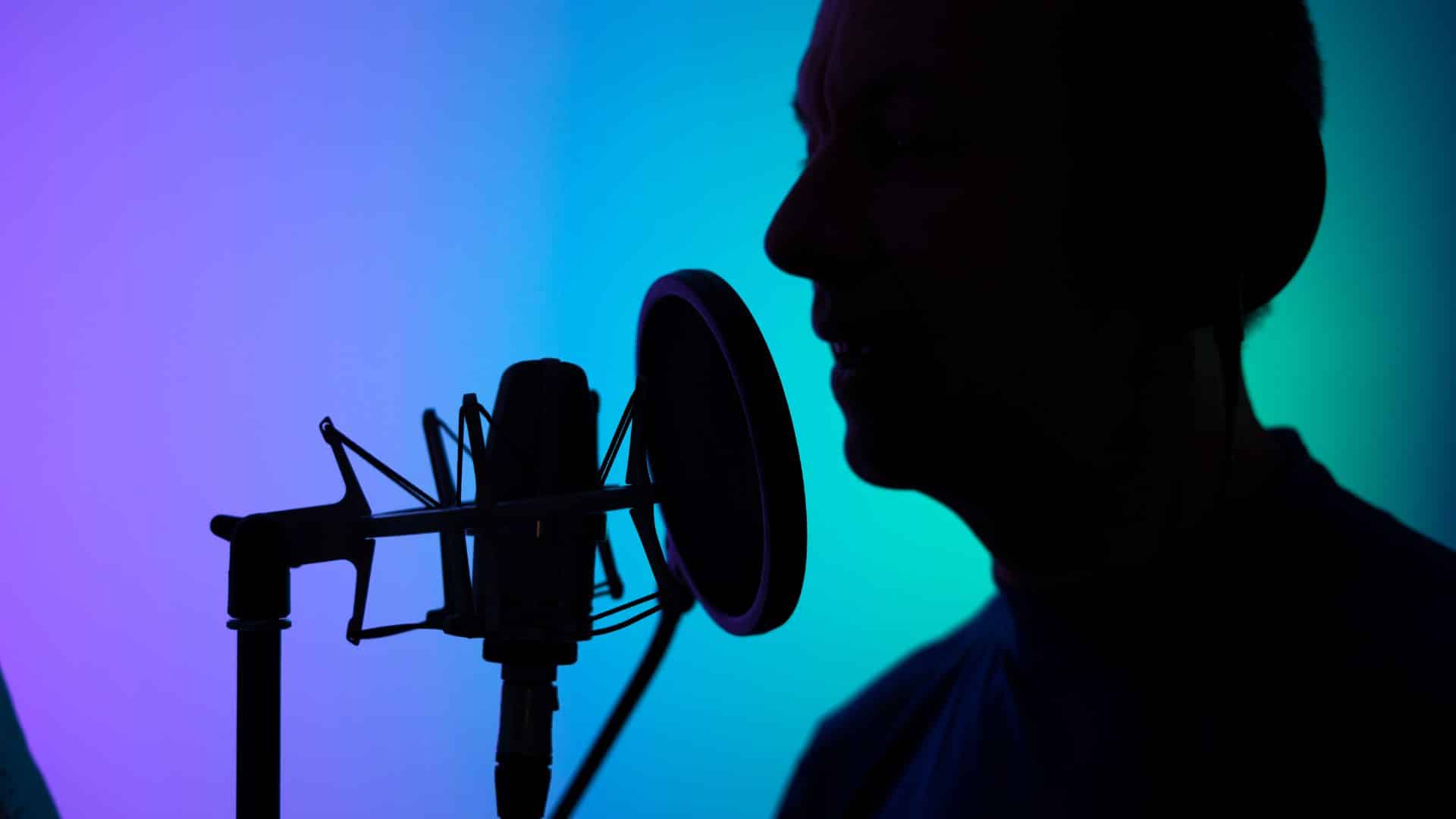
Imagine answering a call from your boss asking for an urgent wire transfer, only to discover it wasn’t your boss at all. It sounded like them, but the voice was synthetically generated. That’s not science fiction. That’s today.
Voice deepfakes, AI-generated replicas of human speech, are becoming alarmingly realistic. And as generative AI advances, so does the sophistication of these synthetic voices. From scamming individuals and impersonating executives to spreading misinformation and interfering with elections, the dangers are very real.
At Behavioral Signals, we don’t just hear a voice – we understand it. Our team uses proprietary emotion and behavior recognition technology to uncover the nuances within speech. By tapping into behavioral biomarkers and AI-driven analysis, we’re building tools that go beyond surface-level detection, exposing what lies beneath the vocal mask.
What Are Voice Deepfakes?
Voice deepfakes are artificially generated audio clips designed to imitate a person’s voice with startling realism. Leveraging machine learning techniques like Generative Adversarial Networks (GANs) and neural voice cloning, these systems can mimic pitch, rhythm, intonation, and even emotional tone after being trained on just minutes of someone’s voice.
The implications are vast and concerning. In 2023, fraudsters used a CEO’s voice to trick a multinational company into transferring millions. Politicians and public figures have had their voices faked to make inflammatory statements. Meanwhile, social media platforms are flooded with deepfake content, eroding trust in what we hear.
Yet, voice synthesis also holds promise. It’s helping those with speech impairments find their voice, enabling multilingual content creation, and offering personalized experiences in customer service. It’s a tool and like any powerful tool, it can be used for good or ill.
That’s why understanding the science behind voice deepfakes is no longer optional. Ιt’s essential.
The Role of Biomarkers in Voice
What makes your voice yours? It’s not just the words, it’s how they’re delivered.
Vocal biomarkers are measurable patterns and traits embedded in our speech. These include pitch, cadence, tone, timbre, hesitations, speaking rate, and microvariations that occur unconsciously. Just as fingerprints are unique, so are these vocal signatures. They reveal not just who we are, but how we feel and what we might be thinking.
At Behavioral Signals, we’ve built models that recognize and interpret these subtle cues. We analyze arousal (emotional intensity), valence (positivity or negativity), and hesitation, capturing indicators of confidence, stress, or deception. Our system doesn’t just identify the speaker; it understands them on a behavioral level.
This behavioral voiceprint becomes critical in detecting deepfakes. Synthetic voices often struggle to replicate these tiny, nuanced fluctuations consistently. The absence, or artificial exaggeration, of these biomarkers is where detection begins.
Behavioral Signals in Voice: What Lies Beneath
Traditional speech analysis focuses on what is being said. But the true insight lies in how it’s said.
Our research focuses on speech emotion recognition, cognitive load detection, and trust modeling. Through this, we uncover the speaker’s psychological and emotional state – traits that are profoundly difficult for generative models to emulate over time.
A deepfake might mimic tone and rhythm convincingly for a sentence or two. But when extended, it fails to maintain the underlying behavioral consistency that real human speech exhibits. For instance, stress might subtly change your tempo, or hesitation may creep into emotionally charged statements. These fluctuations form part of a coherent behavioral fingerprint that is incredibly hard for AI to forge.
Our technology detects not only emotional intent but also anomalies in vocal behavior. It’s not just a question of is this real? but also does this behavior make sense for this person in this context?
AI vs. AI: Detecting the Undetectable
Ironically, the very AI technologies that power voice deepfakes are also the key to stopping them.
Behavioral Signals has developed two layers of deepfake speech detection:
- Speaker-Agnostic Detection – This model doesn’t require prior knowledge of the speaker. It identifies deepfake audio by analyzing general inconsistencies in speech patterns, tone, and emotional logic.
- Speaker-Specific Detection – For scenarios where a real voice sample is available, we build a behavioral profile unique to that speaker. New audio is compared to this profile, uncovering even subtle deviations.
What sets our approach apart is our use of behavioral profiling. Most legacy systems look for missing vocal markers. But sophisticated deepfake generators can now insert these markers to pass tests. Our method compares deep structural behavioral traits – a much harder target for fakers to replicate.
Think of it like training a watchdog to recognize not just the face of an intruder, but their gait, mood, and breathing pattern. You might fool a camera, but not a behavior-aware system.
Conclusion: Voice is a Signature, Behavior is the Ink
Voice deepfakes aren’t just clever imitations. They’re threats to security, truth, and trust. But they’re also challenges we can meet if we listen deeply enough.
The future of voice security lies not in surface-level audio forensics, but in understanding the person behind the voice. Our technology doesn’t stop at hearing. It listens, analyzes, and profiles.
The key to detecting synthetic speech? It’s in the how, not just the what. And in a world of synthetic voices, behavioral authenticity is the ultimate truth detector.
🔍 Ready to hear the difference?
Visit our Deepfake Detection UI at detect.behavioralsignals.com to test audio, explore use cases, and learn how we protect against audio fraud.
Want to dive deeper? Explore our Deepfake Speech Detection Overview or contact us to request a live demo.


